Sepilok Orangutan Rehabilitation Centre
The Sepilok Orangutan Rehabilitation Centre first opened in 1964. It is 25 kilometres west of Sandakan in the state of Sabah in Borneo. It was the first official orangutan rehabilitation project for orphaned baby orangutans. Many are rescued from logging sites, plantations, illegal hunting or who have been kept as pets. As a result, the reserve is home to 60 to 80 orangutans who now live independently. In addition, there are currently 25 orphaned orangutans being cared for in nurseries. Moreover, the Sepilok Orangutan Rehabilitation Centre’s rehabilitation process and conservation efforts play a crucial role in protecting orangutans and their habitats. On the positive side, by enabling the long-term survival of these exceptional primates in their natural environment, the hope is to build a sustainable future for them.
Rehabilitation
Most conservationists agree that rehabilitation should not mix with tourism. The Sepilok Rehabilitation Centre will not engage in any activity that involves tourists ‘hugging’ orangutans. The best chance of viewing them is at Sepilok’s main platform. Here visitors can usually see orangutans during the scheduled 10:00 a.m. and 3:00 p.m. feeding sessions.
However, there were no orangutans in sight on our first day. While really disappointing, this was actually a promising sign. It meant the orangutans had foraged their own food in the wild! The recently rehabilitated orangutans at the centre receive a diet of milk and bananas to supplement their nutrition. The additional food is intentionally unexciting to encourage the animals to explore and forage for more interesting food.
We were lucky to see the young orangutans playing in the nursery.
During their early years, the nursery provides all of the orangutans care. Infant orangutans in the wild spend up to six years with their mothers, mastering essential survival skills like climbing. Young orangutans at the centre pair with older ones through a buddy system. This ensures they receive the necessary teaching and skills. The young orangutans then embark on a structured rehabilitation program. When they grow older, they transition to the outdoor facility. There they learn natural behaviours, such as climbing trees, foraging for food, and interacting with other orangutans. Throughout their rehabilitation, the centre minimises human interaction to make sure the orangutans keep their wild instincts and independence. The main goal of rehabilitation is to reintroduce these rehabilitated orangutans back into the wild, contributing to the preservation of the species and their natural habitat.
Day 2
On the second day, we were on the verge of giving up. Then the sound of raindrops hitting the leaves filled the air. We walked along the boardwalks searching for any glimpse. The sound of rustling leaves grew louder and around 10 orangutans appeared out of the trees. Words cannot express how wonderful the experience was.
Ten Orangutan facts from WWF
1. THERE ARE 3 SPECIES OF ORANGUTAN
The Bornean, the Sumatran and the recently confirmed new species (as of 2017), the Tapanuli. These great apes live in the wild on the islands of Borneo and Sumatra.
2. ORANGUTANS ARE THE HEAVIEST TREE-DWELLING ANIMAL
3. THEY’VE GOT LONG ARMS
Orangutans have an arm span of about 2.2 m (over 7 ft) from fingertip to fingertip.
4. THEY DON’T MIND EATING WITH THEIR FEET
Orangutans are incredibly dexterous and use both hands and feet while gathering food and travelling through the trees.
5. THEY LEARN EVERYTHING THEY NEED TO KNOW FROM MUM
Young orangutans stay with their mother until they reach around 7 years old. They spend this time learning everything from her – including what’s good to eat.
6. MALES ARE MAJESTIC
Some adult male orangutans develop flaps of fatty tissue on both sides of their face – known as flanges. They develop when they’re fully mature, at around 35 years old. Like all great apes, an orangutan has a long lifespan and can live to over 30 years in the wild. Many live to 50.
7. THEY BUILD NESTS TO SLEEP IN
Orangutans like to be comfortable. They make a sleeping platform, or nest, every night. An orangutan makes its nest in around 10 minutes,
8. SOME ORANGUTANS USE TOOLS
Sumatran orangutans use tools – like sticks to get termites, ants or bees out of tree holes. These clever creatures even make a ‘glove’ out of leaves when handling prickly fruits or thorny branches.
9. THEY HAVE SMELLY TASTE IN FOOD
A huge spiky fruit called durian is the favourite fruit of orangutans – it’s best known for its stench, which has been likened to sewage, rotting flesh and smelly socks. Tasty
10. ORANGUTANS ARE UNDER GRAVE THREAT
It is estimated that over 100,000 Bornean orangutans have been lost between the years 1999 and 2015. This highlights the urgent need for conservation efforts to protect these endangered animals and their habitats. The main threat is the loss or fragmentation of their forest habitat, caused by logging for timber materials, forest fires and making way for oil palm plantations. Oil palm trees produce palm oil – an edible vegetable oil – is found in many products, from toothpaste to pizza. Indonesia and Malaysia make up over 85% of the global supply of palm oil.
Efforts in Preserving Orangutan Habitats
Significantly, the Sepilok Orangutan Rehabilitation Centre teams up with others to save orangutan homes in Sabah, Borneo. Presently, they are committed to reforestation efforts, planting trees and restoring areas to create a thriving environment for orangutans and other wildlife. Besides conservation efforts, the centre conducts research on orangutan behaviour and ecology, providing valuable insights into their lives. Through its engagement with local communities and visitors, the centre promotes responsible ecotourism and sustainable practices as part of its orangutan conservation efforts. Efforts to tackle deforestation, illegal logging, and encroachment on orangutan habitats are being made through cooperation with local authorities and stakeholders.
Sepilok a symbol of optimism
Ultimately then, the Sepilok Orangutan Rehabilitation Centre serves as a symbol of optimism for the preservation and restoration of these magnificent beings. With its dedication to providing a nurturing environment and structured rehabilitation process, the centre has played a vital role in protecting orphaned and injured orangutans in Sabah. Significantly, through a combination of reforestation, research, and conscientious ecotourism, the centre aims to secure the future of the orangutans and their natural habitats.
What’s more, as shown in the ten intriguing orangutan facts shared by WWF, these remarkable animals are facing an alarming danger caused by the loss of their habitat and other human-driven actions. It is crucial that we all play a part in their survival by backing initiatives like the Sepilok Orangutan Rehabilitation Centre and particularly implementing eco-friendly choices in our day-to-day lives. Undoubtedly, we can all be inspired by the heartwarming photographs of our amazing encounter and let them remind us of the beauty and importance of preserving wildlife in their natural environment.
Together then, we can build a sustainable future for orangutans, ensuring that their legacy endures in the lush forests of Borneo and Sumatra. Above all, join the cause, and let our actions reflect our commitment to protecting these exceptional primates and their habitats.


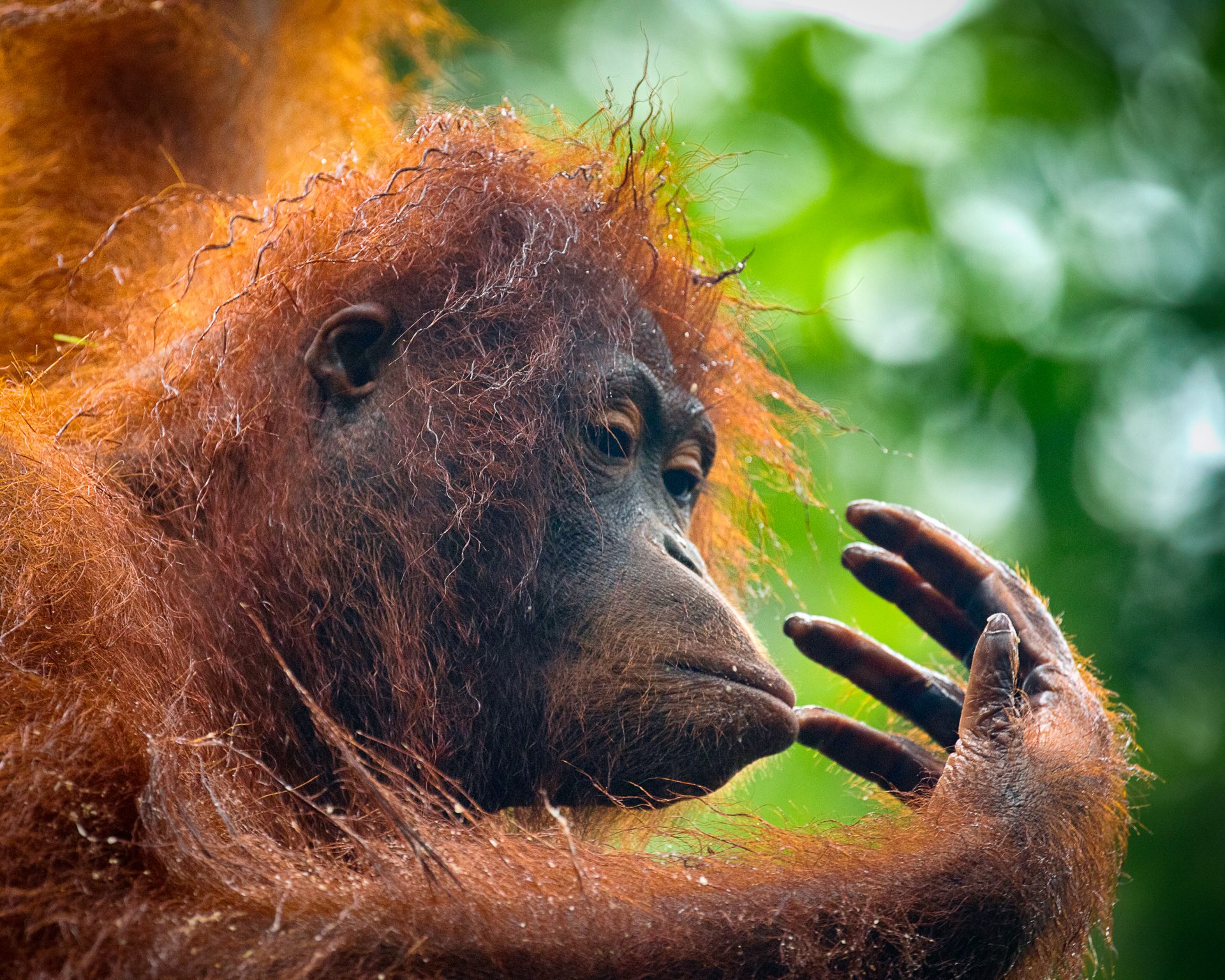

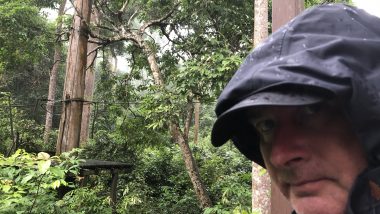
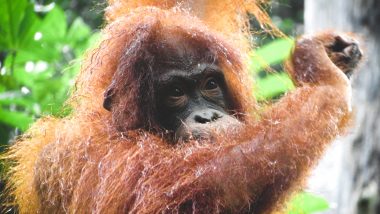
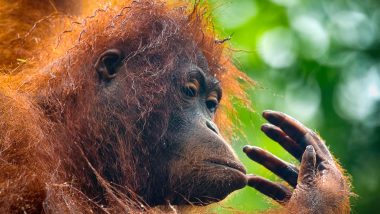
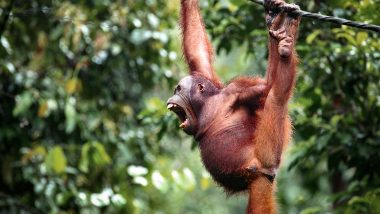
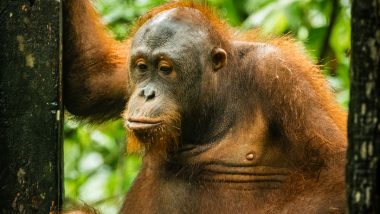
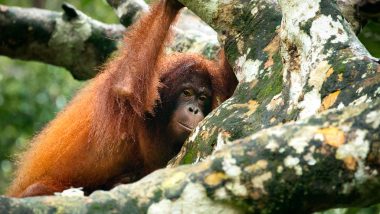

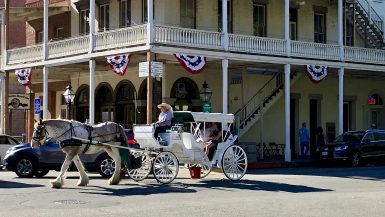

Leave a reply